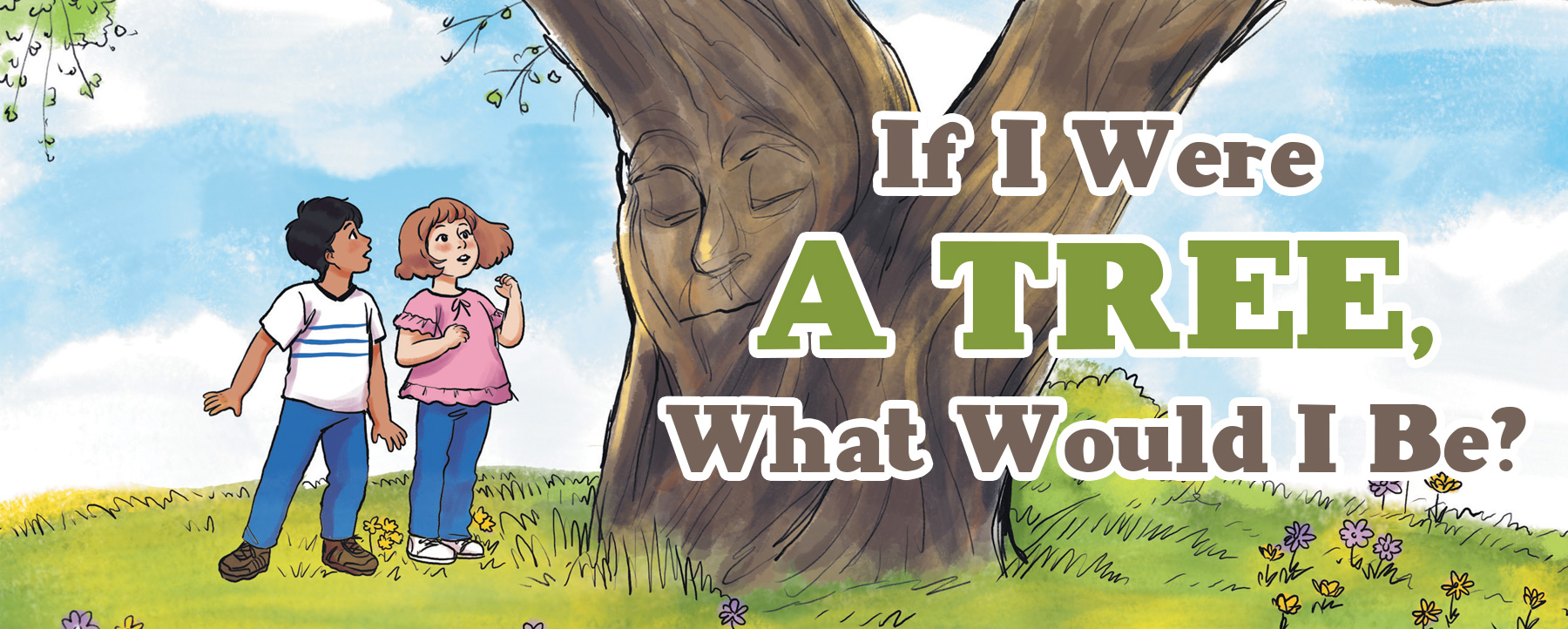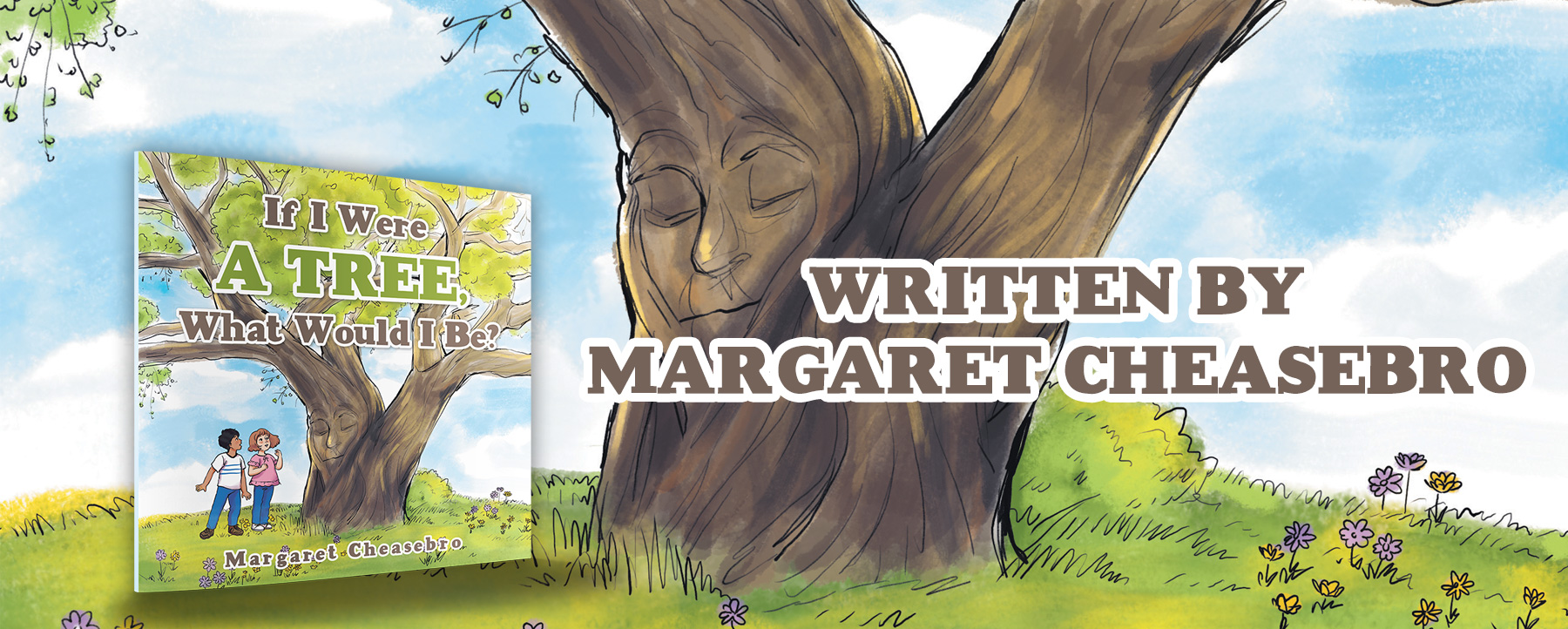At New Mexico State University’s Agricultural Science Center in Farmington, New Mexico, one of several projects involves tending a small orchard of young peach trees. The trees are located inside a greenhouse.
Long ago, Native Americans grew peach trees and ate a lot of the fruit, but not many people know about that today.
Reagan Wytsalucy, a researcher at Utah State University has been overseeing the university’s long-running project. She is a Navajo who grew up in Gallup, NM.
Wytsalucy is an assistant professor for Utah State’s Extension office. She is among several collaborators who are actively doing research with the Agricultural Science Center in Farmington.
“There’s a lot of youth my age and younger who have no idea that these peaches even exist, that our people actually ate peaches as a large staple of our diet,” she said in an article written by Carlos Carrillo Lopez and published in The Daily Times of Farmington, NM, on Dec. 18, 2023. “My goal is to repopulate tribal communities with this fruit tree and rehabilitate the orchards that are either no longer existent or are struggling to maintain existence.”
It is Wytsalucy’s goal to expand her research by starting experimental peach orchards that will use seeds germinated from those grown in Navajo, Hopi and Zuni areas.
Because of her desire to create such a network, she reached out to Kevin Lombard, who is the research director at NMSU’s Agricultural Science Center near Farmington. He was interested in the project because he and his researchers have also partnered with others who are trying to revive and preserve Native American traditional agricultural practices in the Four Corners area.
The mission of the Farmington science center is to conduct research, demonstration, and educational programs that will best fill the needs of the agricultural community of San Juan County, the Navajo Nation, the state of New Mexico and the United States in general, according to the center’s website.
To help with Wytsalucy’s project, Lombard is housing a set of about 50 tree seedlings at the science center. The project not only nurtures peach tree seedlings, but it also teaches people about the tragic history of Native American peaches. Peach orchards once flourished in the Four Corners area until about 1863 when the United States government destroyed many of them. It happened after some Navajo groups refused to join the “Long Walk” to Fort Sumner, NM. Many Navajos died on that forced march.
“The Navajo people traded peaches just as much as corn, beans and squash,” Wytsalucy is quoted as saying in the Daily Times article. “Through my research, I hope to bring back the knowledge of something that nobody knows exists.”


